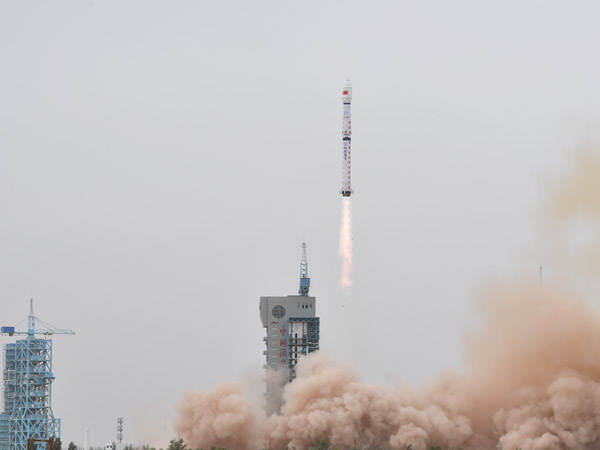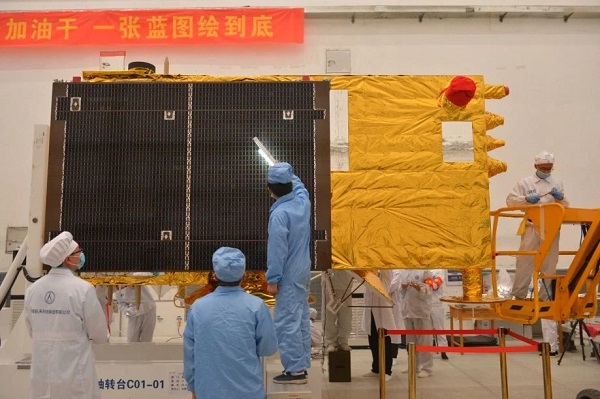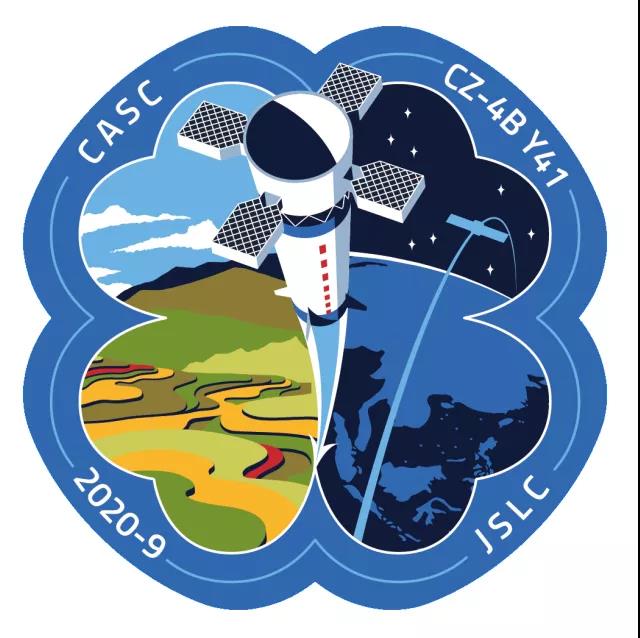
On September 21 at 5:40 UTC, China launched a Long March 4B rocket carrying the Haiyang-2C to orbit from Jiuquan Satellite Launch Center in northern China.
This rocket had grid fins — including one that had been reused from a previous flight. The grid fins are used to help steer the first stage back down to the ground. According to China Aerospace News, the grid fins help shrink the landing zone of the first stage by at least grid85%.
The massive 1575 kilogram (that’s about the mass of 788 two-liter bottles of soda) satellite will join Haiyang-2B which was launched in 2018.
Onboard Haiyang-2C is a whole suite of instruments that will collect ocean height, temperature, and wind vector data, as well as help track ships using Automatic Identification System, and collect and retransmit buoy measurement information.
China Academy of Space Technology, the manufacturer of Haiyang satellites, stated that 2C will be networked with 2B once the new satellite has reached its final orbit. Together, the two satellites will be able to collect data more frequently — about once a day instead of once every three days.

Each satellite has an expected lifespan of about three years, although Haiyang-2A, which launched in 2011, operated well beyond that — its orbit was changed in 2016 to help investigate marine gravity inversion. The anticipated end of life for Haiyang-2A was this year and is currently not reported as operational by China’s National Satellite Ocean Application Service.
Five more satellites are expected in the series, with the next one launching as soon as next year.
In the foreground of this mission logo is the first stage of the Long March 4B with grid fins returning to Earth, dividing the image in two. An arrow points out from the bottom of the rocket, suggesting that the 4B is headed to a landing zone far, faaaar away from populated areas.

On the left appears to be a daytime depiction of rice paddies in the Chinese countryside.
The right side depicts a satellite crossing the night sky over China and nearby countries. There are eight stars and my best guess is that each star represents a satellite in the hi yang Haiyang-2 series.
More Information
CASC launch announcement (Chinese)
CAST launch announcement (Chinese)
CNSA launch announcement (Chinese)




 Join the Crew!
Join the Crew!
 Escape Velocity Space News
Escape Velocity Space News
0 Comments